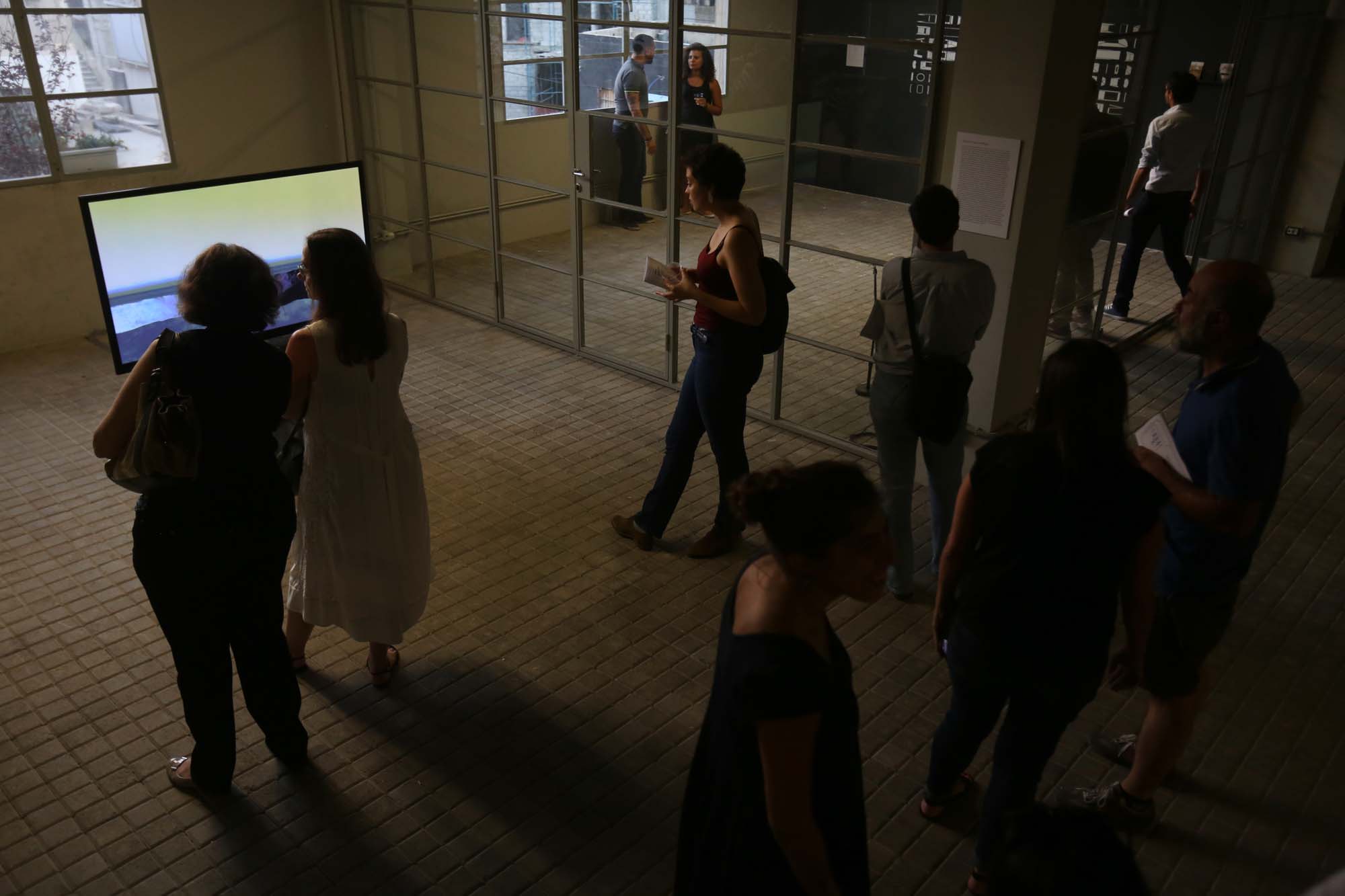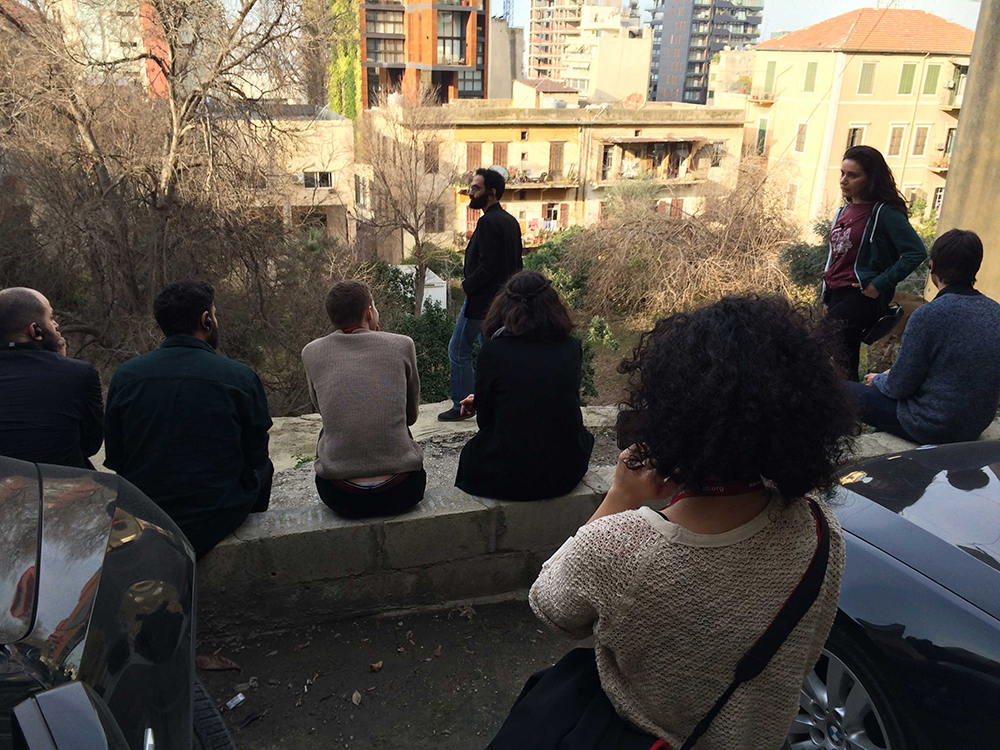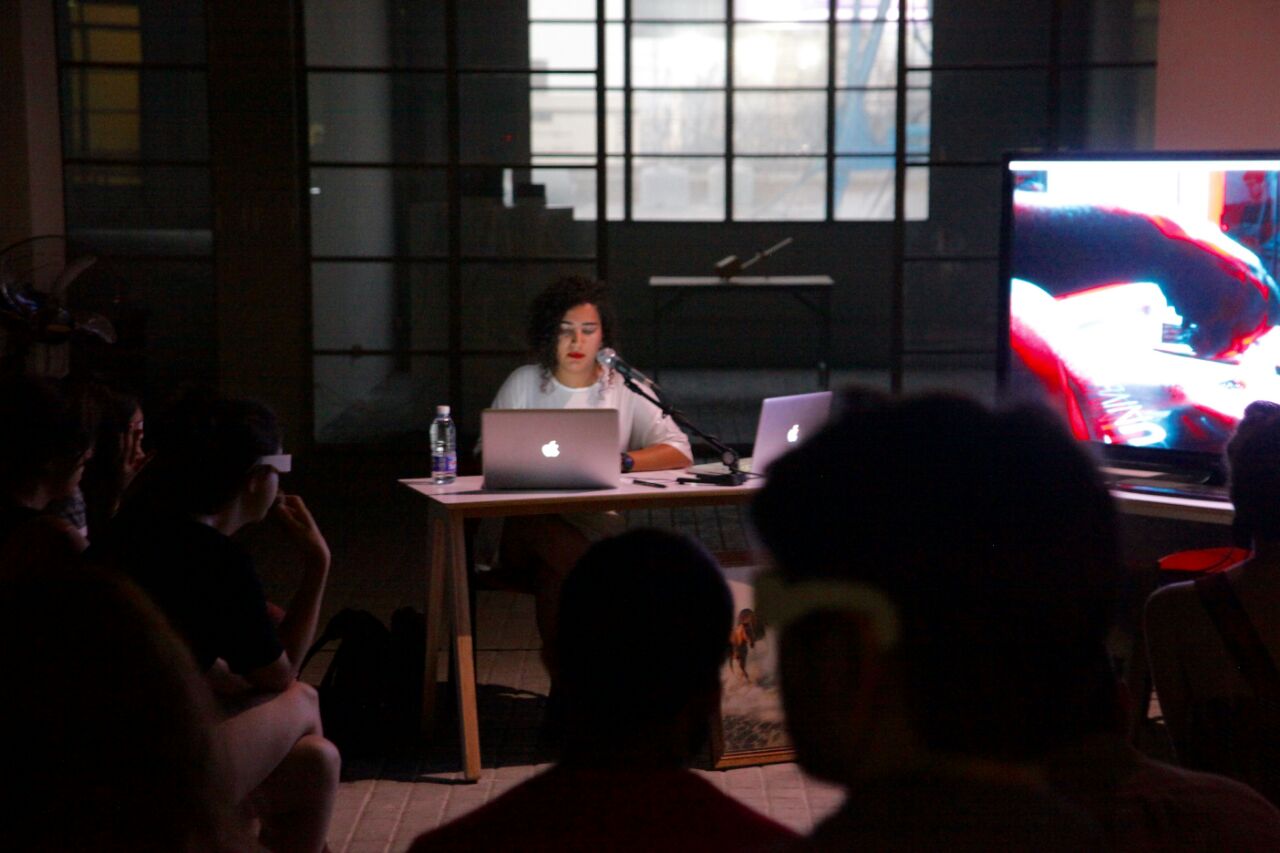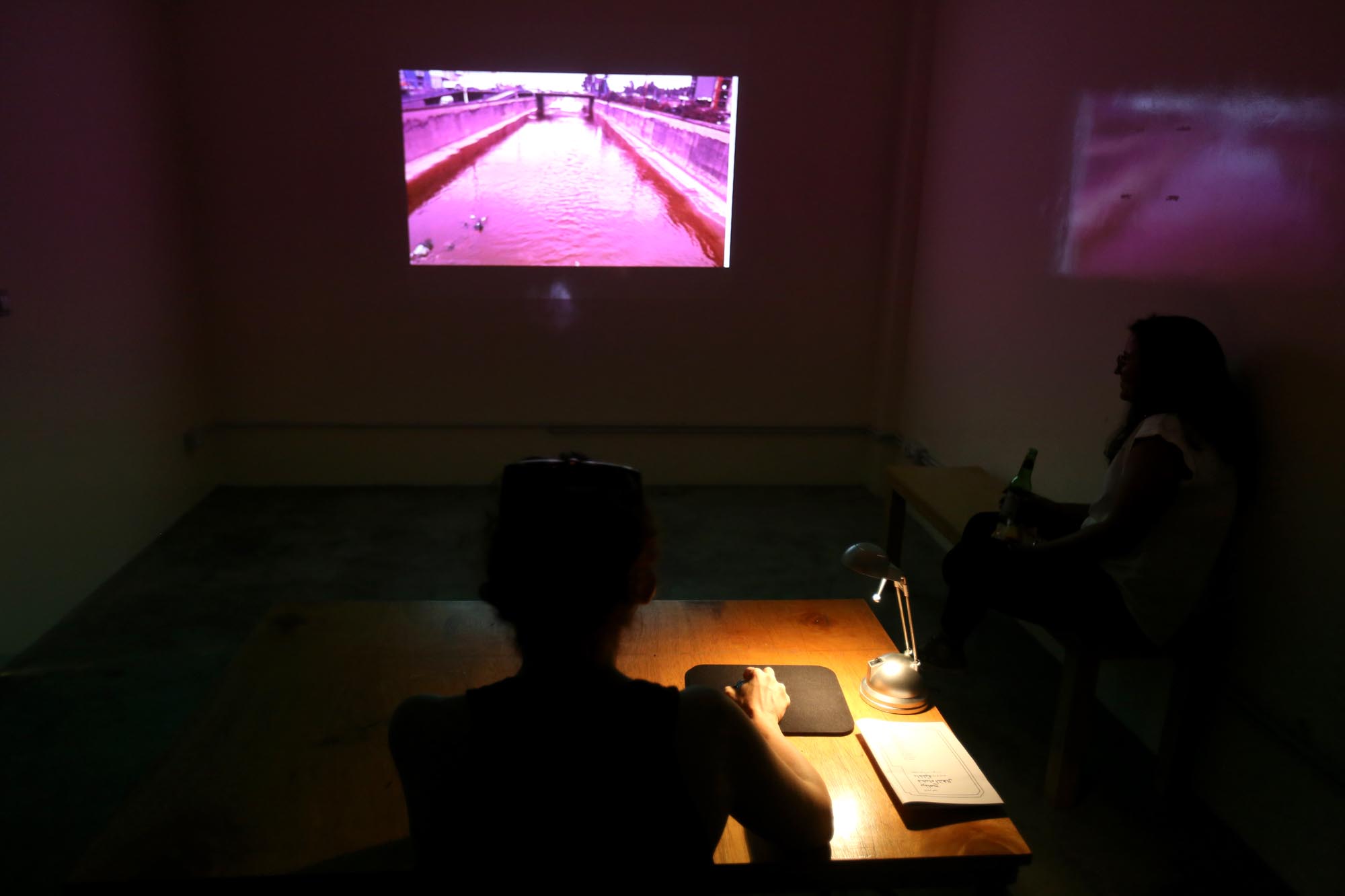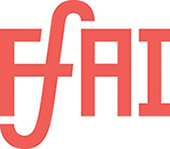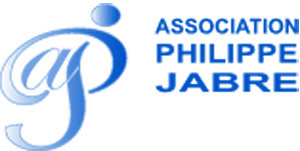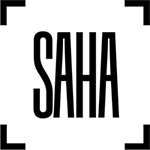PREFACE
Ali Cherri | October 5 – 23, 2015
The Preface for 2015-16 proposes a three-week orientation in the capital of Beirut beginning not from its center but rather from its peripheries, with the adjacent suburbs that constitute the city’s arteries and provide it with its craftsmen, manufacturers and small industries that contribute to the city’s operations, then moving inwards.
The Preface is concerned with themes around the urban expansion of Beirut, and factors such as population displacements, real-estate development, gentrification and road planning that led to the hiding away of various neighborhoods, and created a binary relation between the city’s center and its marginalized peripheries. These immediate suburbs are areas where industrial and residential zones overlap, interspersed with incomplete highways, scrapped roads, and empty lots that were never built. Meanwhile, some of these suburbs became their own centers of finance, industry, and circulation – with their own peripheries and frontiers. Yet they remain connected, and sometimes hidden, to the city and to the city dweller’s everyday life.
Week One: orientation | presentation by Ali Cherri | presentation by Haig Aivazian | presentations by enrolled fellows
Week Two: conversation with Kaelen Wilson-Goldie | Visit Ouzai’ junkyards | conversation with Fadi Tofeili & Shawky Douwaihy | conversation with Maxim Hourani | visit to wood workshops in Mkaless Mansouriyeh + Marwan Richmawi studio | conversation with Ghada Sayegh & Stéphanie Ghazal
Week Three: visit of industrial area + Alfred Tarazi studio | conversation with Marwa Arsanios | site visit with Abdul Halim Jaber | conversation with Bachir Moujaes | conversation with Nadim Meshlawi | conversation with Alia Fattouh
WORKSHOPS
Workshop I | The World and the Movement of Images
Ghassan Salhab | November 23 - December 18, 2015 More than ever, we are faced with the question of the image. What are these images that we produce, that we invoke, that we watch, and that are watching us? We are at once the creators, the producers, the actors, the witnesses, and the audience of this spectacle. What is, then, this movement of the images that never ceases to haunt the world? What is, then, this gesture? What is it capable of, as with Spinoza who wished to know what a body is capable of. Questions, or rather inquiries, which we will attempt to raise again and again by way of workshops, seminars, and talks. Saad Chakali, Walid Sadek and Tariq Teguia will accompany us, on account of their different views and work approaches.
With guest speakers Saad Chakali, Walid Sadek, Ghalya Saadawi, Mohamed Soueid and Tariq Teguia.
Workshop II | Denormalizing Bodies. Rehearsing Citizenship
Sandra Noeth | February 1 - March 2, 2016
Relating to the ongoing debate on the interconnections between art, society and the public, Denormalizing Bodies. Rehearsing Citizenship will focus on the body`s capacity for action whithin these dynamics. How do artistic and political modes for action relate? How do physical and movement-based strategies represent, implement, reflect, memorize, aesthetisize, address, legitimize, practise and activate action? How – through the entanglement of physical, performative, digital and urban space – do they re-map material as well as immaterial territories? And how is collectivity experienced and produced in the process?
The workshop seeks to introduce choreography as an emergent order, as a concept and practice that deals with the organization of movement in time and space, its consequences, and ultimately the violence of its inscriptions. By investigating singular concepts and practices of extended, absent, projected, re-appropriated, disciplined or mimetic bodies, it will try to understand how related strategies for action contribute to denormalizing what has become familiar and everyday, in order to force open a discussion which is also an ethical one. Parallel to research on the performativity and physicality of the production of borders that Sandra Noeth has undertaken, the workshop will be informed by case studies and practice-based inputs by invited guests. With guest speakers Lawrence Abu-Hamdan, Mounira Al-Solh, Tony Chakar, Dictaphone Group, Monika Halkort, Saba Innab and Janez Janša. Public Conference with Ismail Fayed, Gian Maria Greco, Ayesha Hameed, Latifa Laâbissi, Youmna Makhlouf, Sandra Noeth and Jalal Toufic.
WORKSHOP III | Becoming Power
Minerva Cuevas | April 25-May 20,2016
In this workshop, Minerva Cuevas will analyze the role of power and power structures as part of geopolitics and daily life, exploring the relationship between artistic practice and political action through public art, sabotage, hacking and magic. Examples of social movements and interdisciplinary projects will be used to question the tools and strategies that, in turn, are used to question the disparities that rule the world’s resources and knowledge distribution in capitalist society (in the fields of economy, politics, ecology, urbanism, technology, education).
Minerva Cuevas was born in 1975 and lives and works in Mexico City. Her artistic practice is characterized by socially engaged and sitespecific actions that take place in a range of settings, from public space to museums, and the Internet. She works across a variety of media including video, installation and communication technologies.
From creating a corporation that gives away products and services like international student ID cards and barcode stickers, to reducing the price of food at supermarkets, to cultural experiments like buskers concerts, Cuevas assumes the role of both a political and artistic actor. In her practice, Cuevas examines the potential of informal and alternative economies. Her works allow the viewers an insight into the complexities of economic and political organization of the social sphere and its structures.
Cuevas has exhibited widely in biennials such as Liverpool (2010), Berlin (2010), Lyon (2007), São Paulo (2006), Sharjah (2005), Sydney (2004), and Istanbul (2003). She has had solo exhibitions at Whitechapel Art Gallery (London, 2010), Van Abbemuseum (Netherlands, 2008), Kunsthalle Basel (Basel, 2007), Vienna Secession (Vienna, 2001), and has taken part in exhibitions at, amongst others, Centre Pompidou (Paris, 2010), Kunstverein (Hamburg, 2007), Redcat (Los Angeles, 2006), Stedelijk Museum (Amsterdam, 2005), Palais de Tokyo (Paris, 2003), and PS1 (New York, 2002). She was granted the DAAD residency (Berlin, 2004).
With guest speakers Heath Bunting and Francis McKee.
WORKSHOP IV | Everything Else is Ordinary: On the Mimetic and Discordant Relations Between the Miraculous and the Mundane
Raqs Media Collective | June 6 - July 1, 2016
“Everything Else is Ordinary” is a line that caps almost every entry in a found diary kept by an industrial worker in Delhi. Raqs Media Collective weave this thought into Strikes at Time, their video exegesis on the reclaiming of lost time from the working day. In their workshop, Raqs will coax the ‘ordinary’ and the ‘extraordinary’ to play with each other by mobilizing readings of art works, film, literary texts, philosophical and scientific works, diverse cultural materials and investigative procedures in order to unravel how the mundane and the miraculous differ from, shadow and mimic each other. In doing this, they hope to offer new and exciting ways of relating art practices, thought, emotion, life and curiosity.
With guest speakers Mania Akbari, Salima Hashmi, Yasmina Jraissati, Sami Khatib, and Cuauhtémoc Medina.
SEMINARS
SEMINAR I
Ahmad Beydoun I February 3, 4/ Public talk on February 12, 2016
Perhaps the most significant remnant of the period following the abolition of the ‘Caliphate’ by Mustafa Kamal in 1924, were books. The Turkish abolition offered authors who were considered prominent and up-and-coming in Islamic governmental jurisprudence an opportunity to approach the issue of the Caliphate afresh, and to thoroughly investigate its prospects. Later, when the conditions that had dictated this had passed, these works became subject for debate, retaining a more generic significance with regards to statecraft in Islam. Throughout the long period since these works were published, this debate went almost uninterrupted, particularly because the works adopted opposing positions on the subject. This very debate is revived today with the rise of the ‘Islamic State’ in Iraq and Syria. With alBaghdadi as its self-declared Caliph, the subject of the Caliphate is reemerging as a scholarly topic in the midst of an ongoing bloodbath. Selected here, as a window onto a fresh investigation of the subject, is one of the most significant of these works: the thesis of the Egyptian Abd alRazzak alSanhuri.
SEMINAR II
Finbarr Barry Flood I April 18-22, 2016
It is often said that the proliferation of images under the regime of modernity is closely allied to discourses on and practices of iconoclasm. In narratives of secular modernity, aniconism and iconoclasm both facilitate the proliferation of images, and demonstrate the limits of their power. The iconoclasm of the Protestant Reformation is, for example, often said to have severed any necessary bond between the image and the sacred, a process of desacralization that liberated the image for purely aesthetic or profane uses. These included the production of images whose content or context tested boundaries of various sorts in gestures of metaphorical rather than literal iconoclasm. The proliferation of images as a sign of the modern thus rests on the paradox that the breaking of icons, both literal and metaphorical, is integral to the future-oriented thrust of modernity.
As many have recognized, however, it is precisely acts of iconoclasm, with their embodied and often visceral response to the material world that reveal the ambiguities and contradictions that inhere in the disenchanted ontologies of modernity. The anthropologist Michael Taussig writes, “Defacement is like Enlightenment. It brings insides outside, unearthing knowledge, and revealing mystery. As it does this, however, as it spoliates and tears at tegument, it may also animate the thing defaced and the mystery revealed may become more mysterious, indicating the curious magic upon which Enlightenment, in its elimination of magic, depends.”
Taussig’s observation undermines the binaries of rational/irrational, secular/religious or modern/premodern, which tend to structure many representations of image-breaking. But it also highlights the fact that most images inhabit spaces between the poles of creation and destruction. These spaces are characterized by alterations, negotiations, and obfuscations of various sorts regarding the appropriate life of images, their appearance, material constitution, ontological status, social context, and even visibility. Each of these two seminars explores quite different aspects of this “middle ground” that are often overlooked in contemporary writing on images, aniconism and iconoclasm.
SEMINAR III
Iman Issa I May 31 -June 2, 2016
Source – (Filter) – Output
Source – (Filter) – Output is a two-day seminar addressing the varied relationships creative practitioners may assume towards their source material. Delving in between the clear divides of language and event, reading and writing, analysis and creation, we will try to touch on some of the implications of creative output and the role of the subject behind or contiguous to it. We will consider some of the filters creative practitioners may apply towards their source material, the type of systems and structures they may evoke to support their generation of forms and content, and how these processes and choices may, in turn, serve as the basis for the renunciation or assumption of authorship.
Group Critic Sessions and Open Studios
Group critiques
Haig Aivazian and guests I January 18-22, 2016
Haig Aivazian and guests I April 11-15, 2016
Haig Aivazian and guests I July 18-22, 2016
Open studios
July 25-29 , 2016





